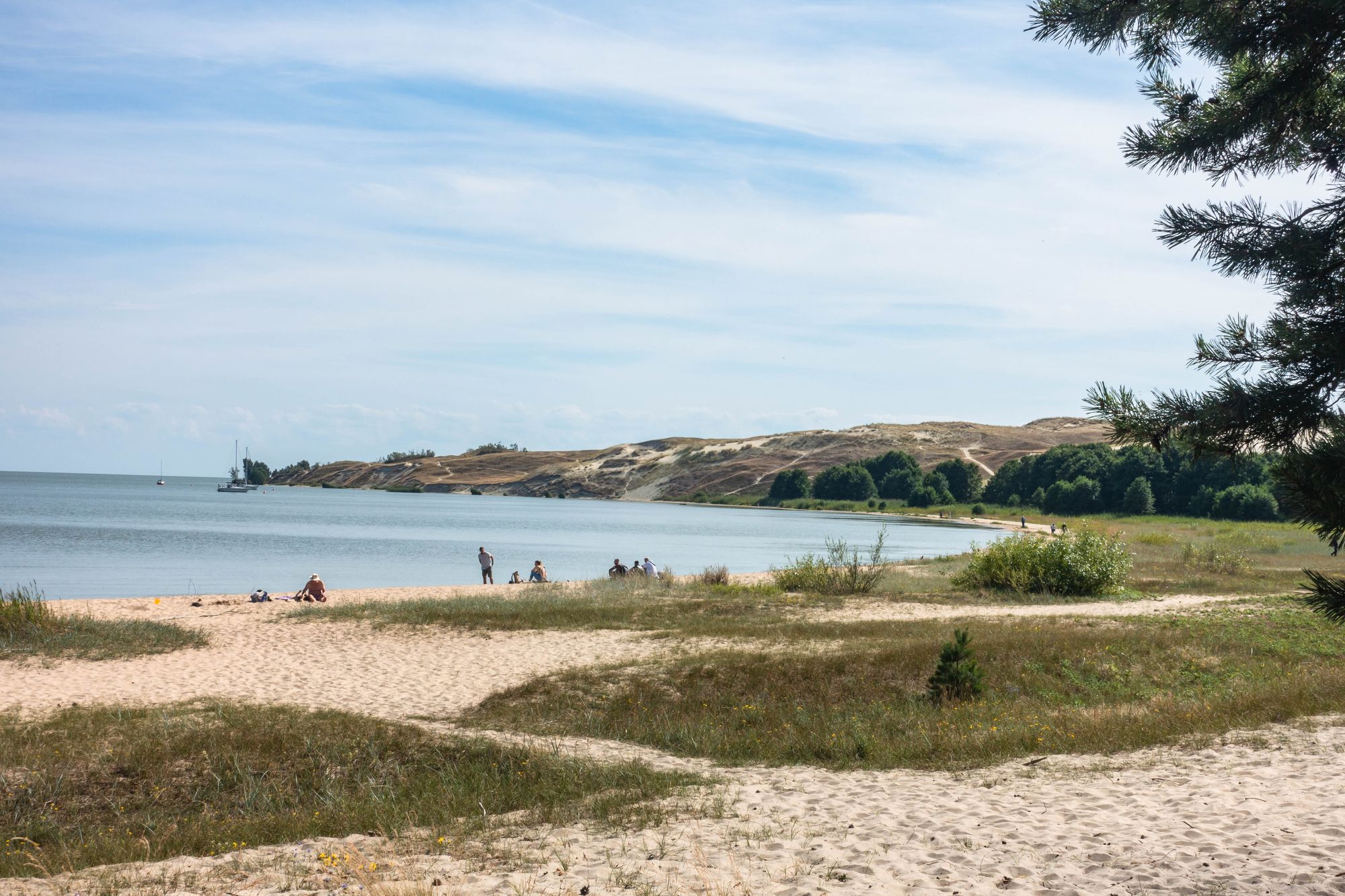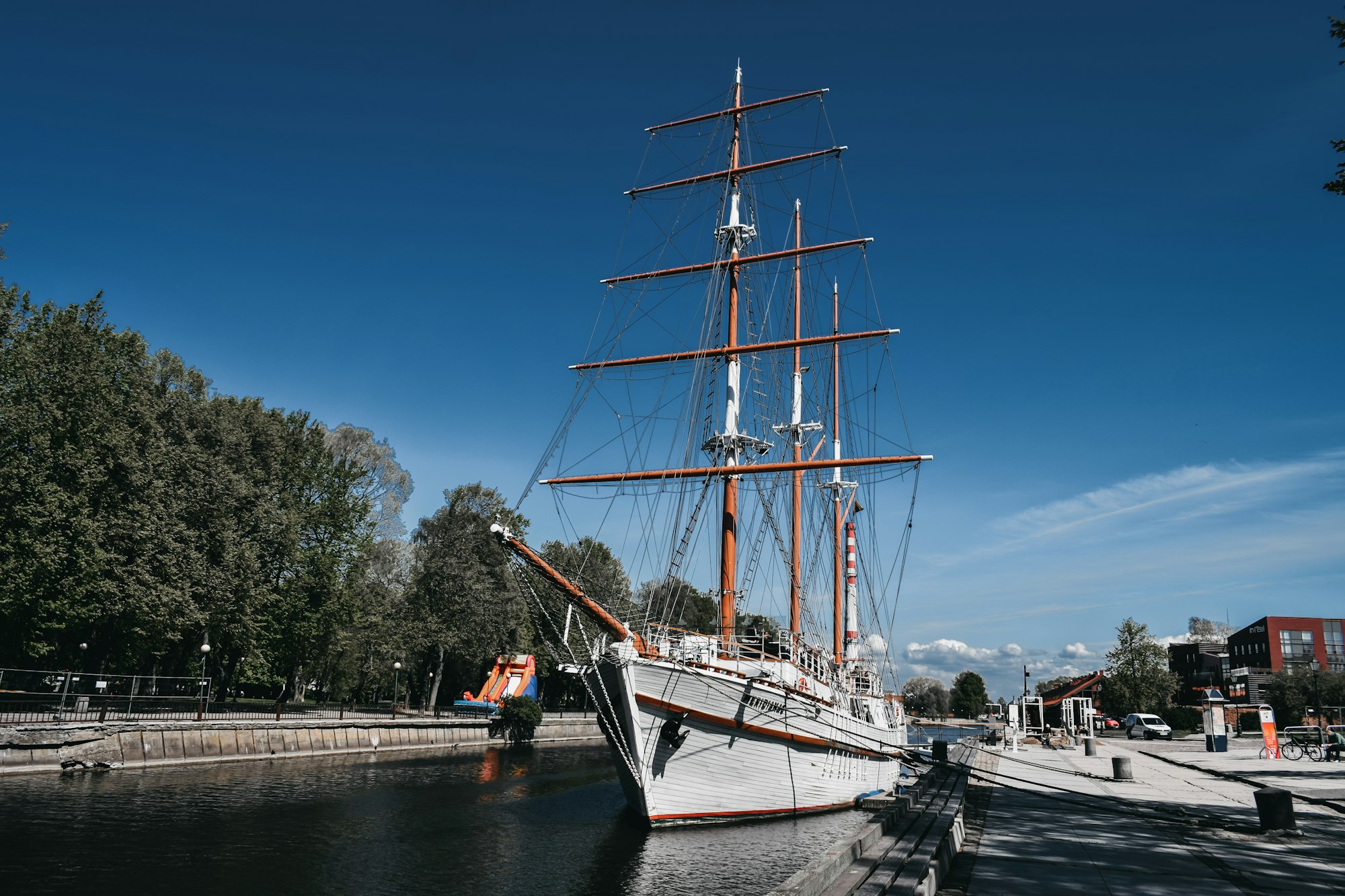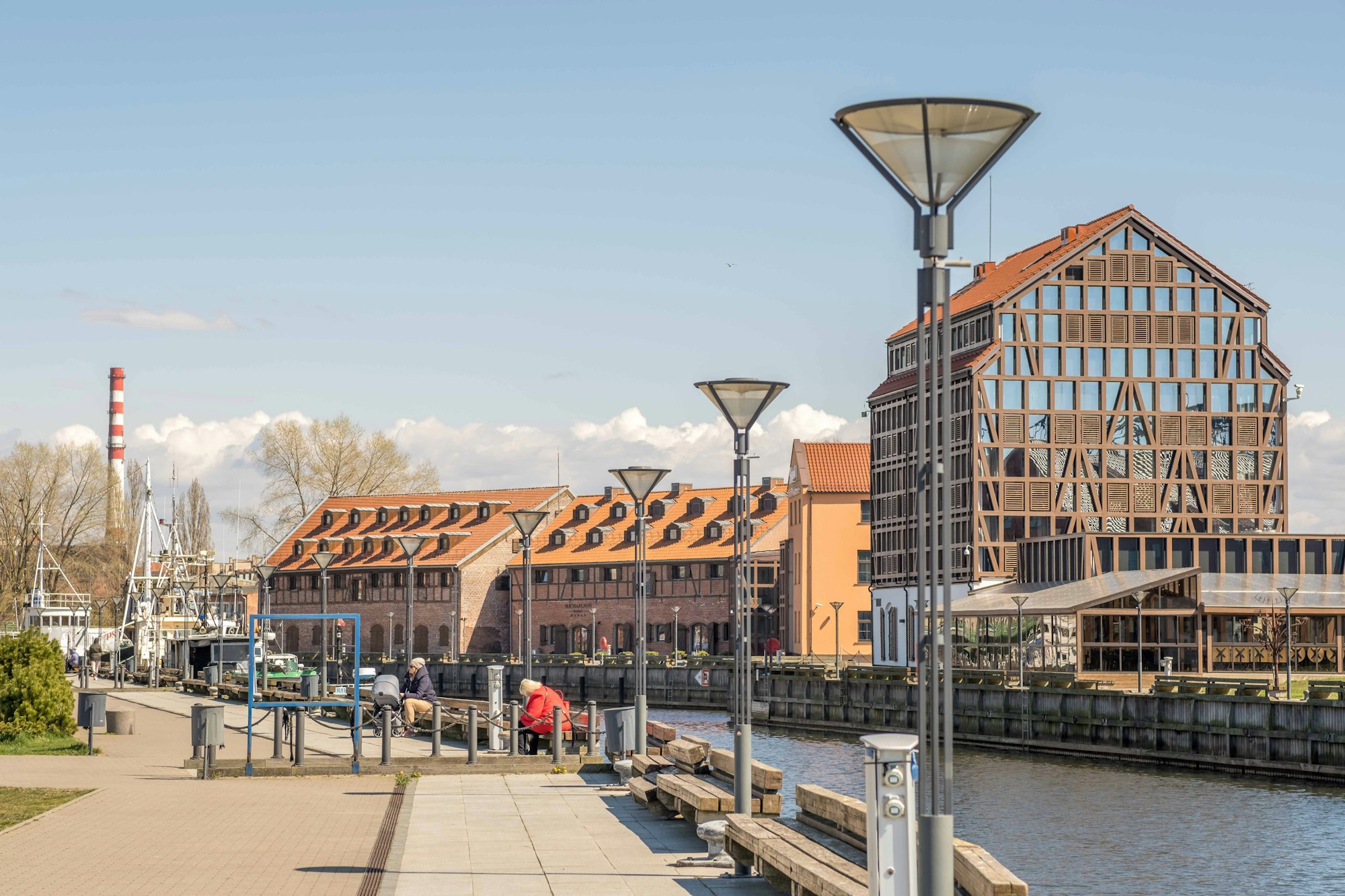All Souls’ Day, One of the Most Mythical Days in Lithuania
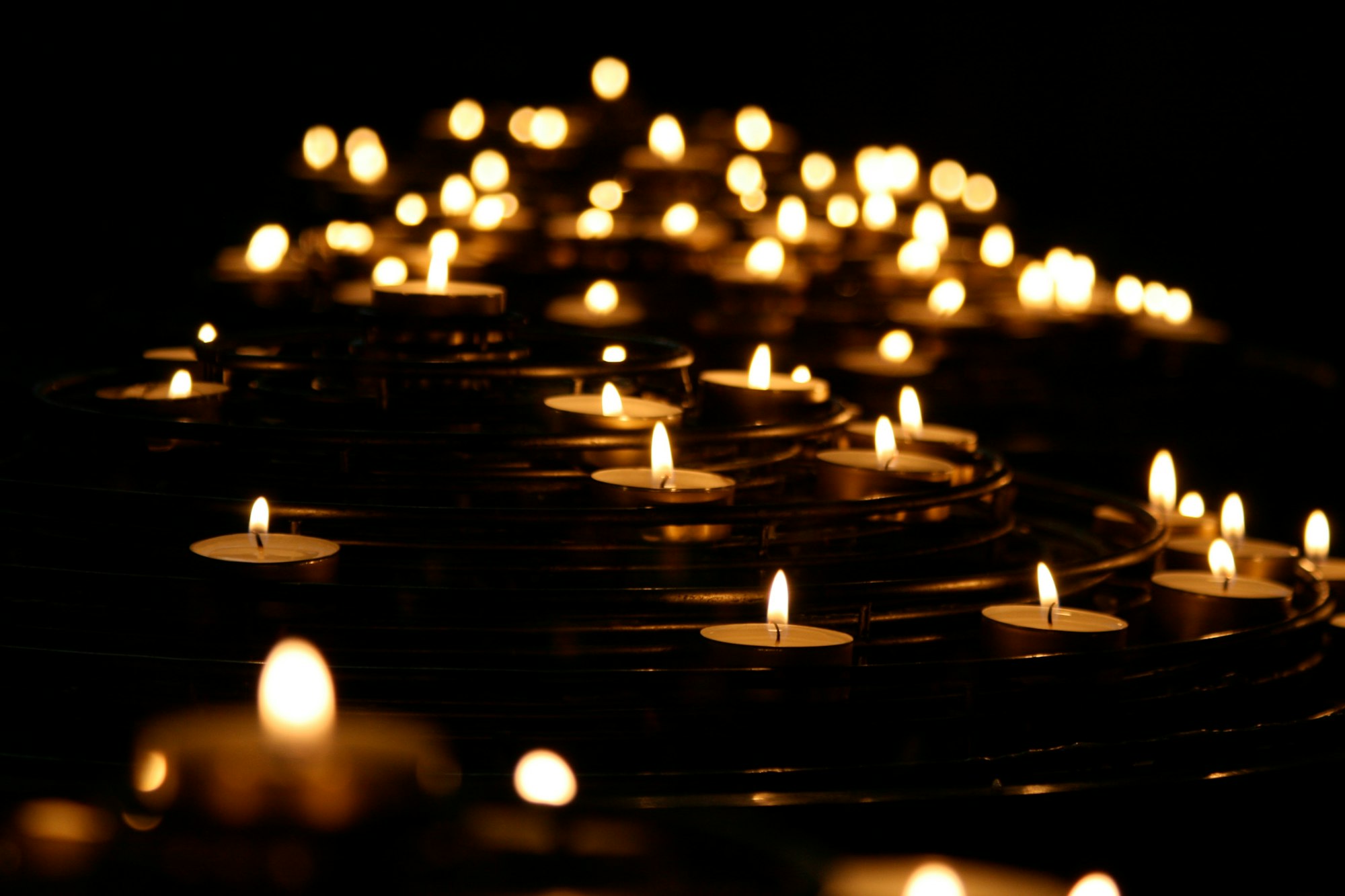
While the 1st of November marks All Saints' Day in the Catholic calendar, the 2nd of November is known as Vėlinės or All Souls' Day in Lithuania. To me, it also marks the official start of winter.
My memories of this night are engraved with whirling snowflakes in the cold, crisp air and strong winds howling out of nowhere. The winds ease the souls' journey into the land of the living.
On this eerie night, which almost always brought snow, we used to walk from one cemetery to another in my hometown, visiting our departed friends and family. If I'm lucky enough to be back home at this time of year, I always visit the cemeteries in the evening.
Today, the celebration is a mix of pagan and Catholic rituals. On both days flickering candles line the graves, creating a ghostly ambience all over the country, similar to the Day of the Dead in Mexico.
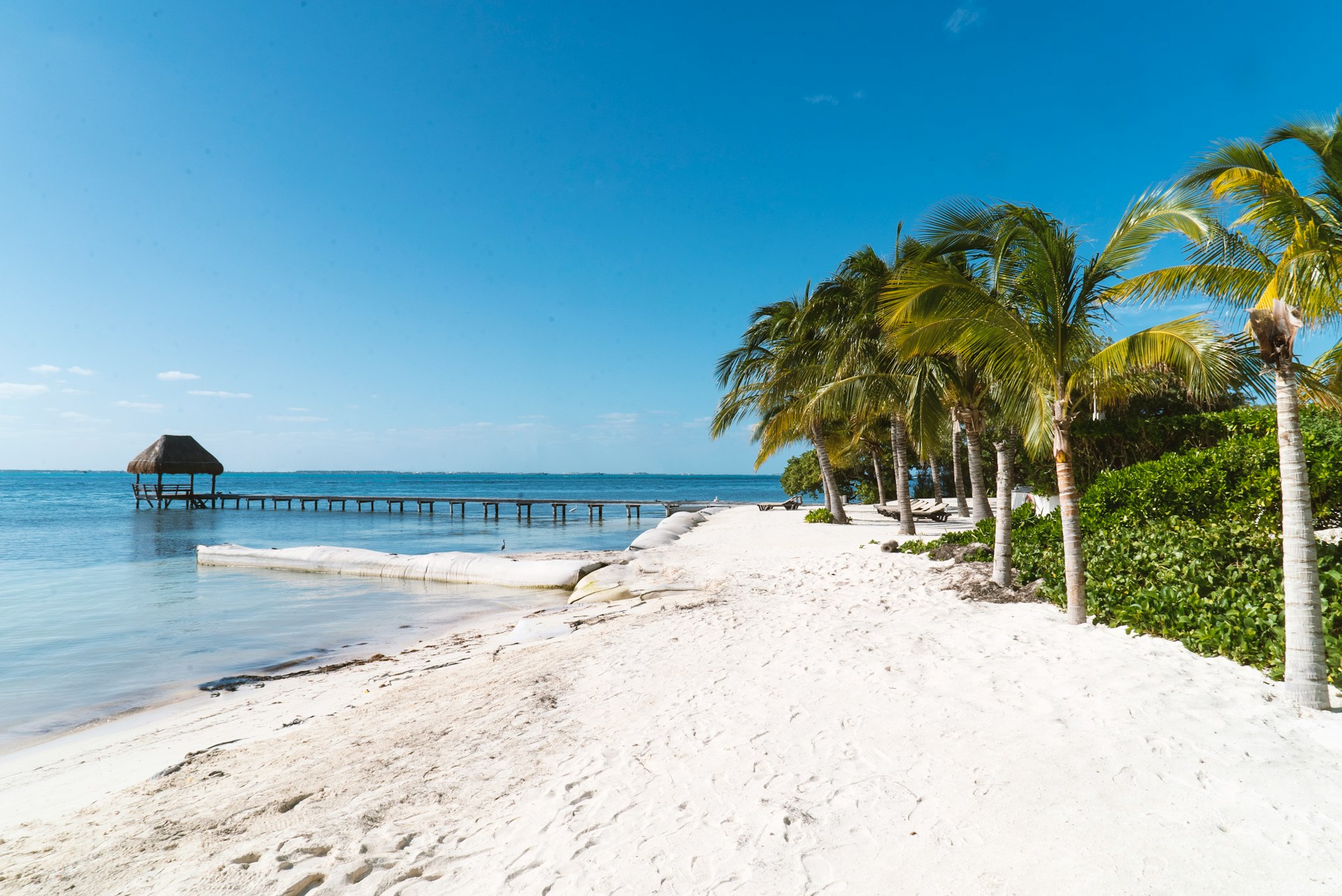
All Saint's Day brings everyone together. Aunties and cousins you haven't seen in forever, friends who moved away, everybody comes home. After lighting candles, saying grace, and stomping around in the cold, we always ended up at my godfather's house, the closest to the cemetery, to catch up and warm up with a hot cup of tea.
All Saints' Day and All Souls' Day in Lithuania are rather elaborate events. But like many old traditions in Lithuania, they spring from the pagan days. In years past, All Souls' Day was celebrated for days, even for weeks, with special rituals.
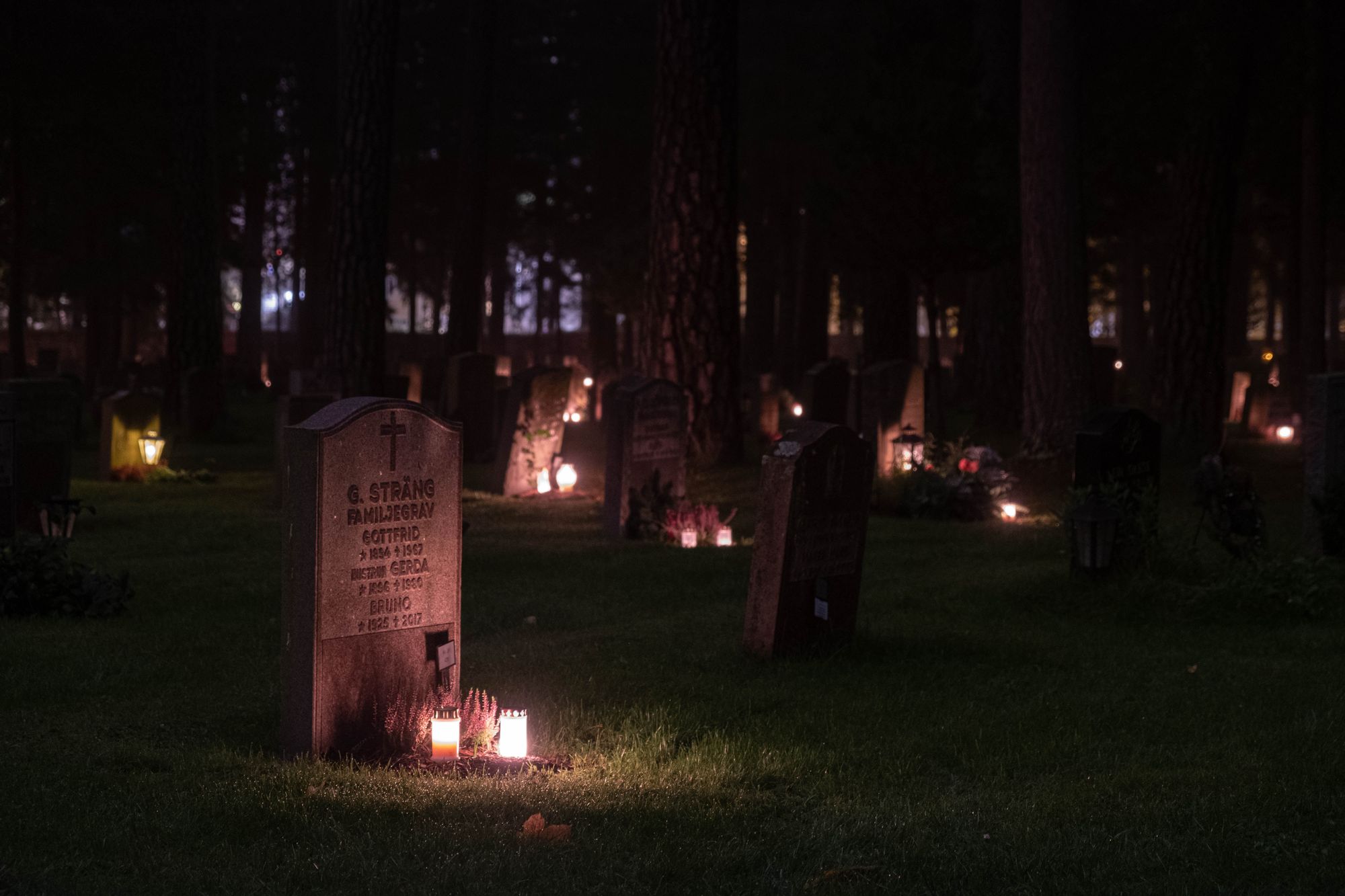
While for Catholics, it's a day of remembrance, togetherness, and reflection, our pagan ancestors believed it's the time of the year when the veil separating the land of the living and the land of the dead is so thin the spirits can cross over.
To celebrate the souls of the dead, families would bring food and wine and feast on the graves of the dead, leaving the leftovers overnight.
A vivid memory creeps into my mind as the day approaches. At my grandmother's house, a table was set elaborately with food and drinks for many more people than there were present in the room.
"For the souls of the dead," my grandmother explains, pointing to the extra plates. She always set the table on the eve of All Saints' Day, and after dinner, she'd leave it as is overnight so the souls could feast all night long.
The feasts have vanished with time, but the belief remains.
Every year on All Saints' and All Souls' Day, graveyards all over Lithuania transform into a mystical sea of glowing candles. It's a spectacular sight to behold, whatever your beliefs.
Learn more about things to see and places to visit in Lithuania:
